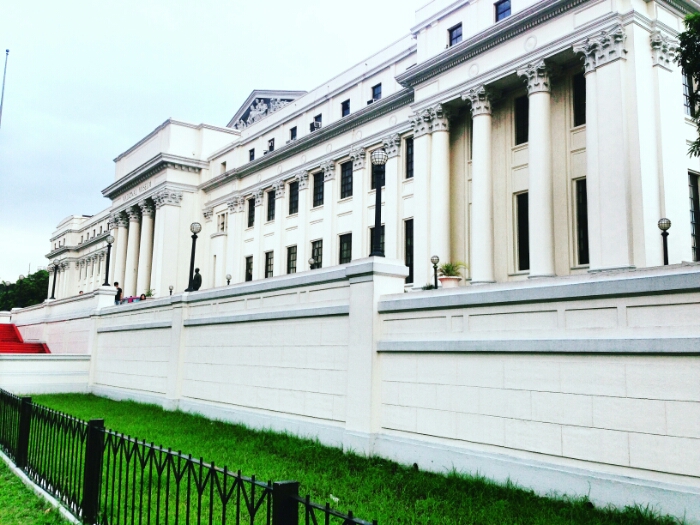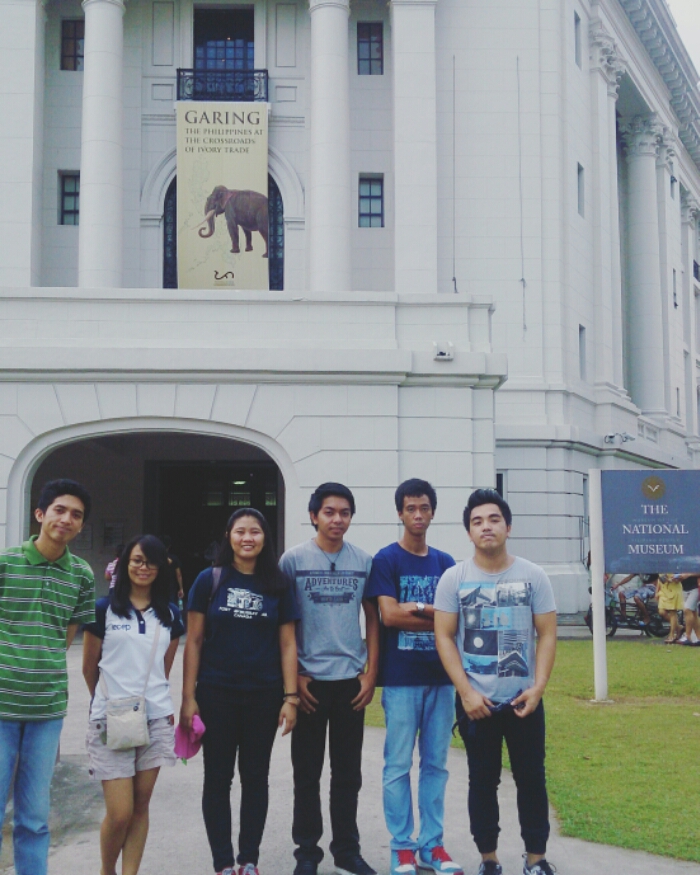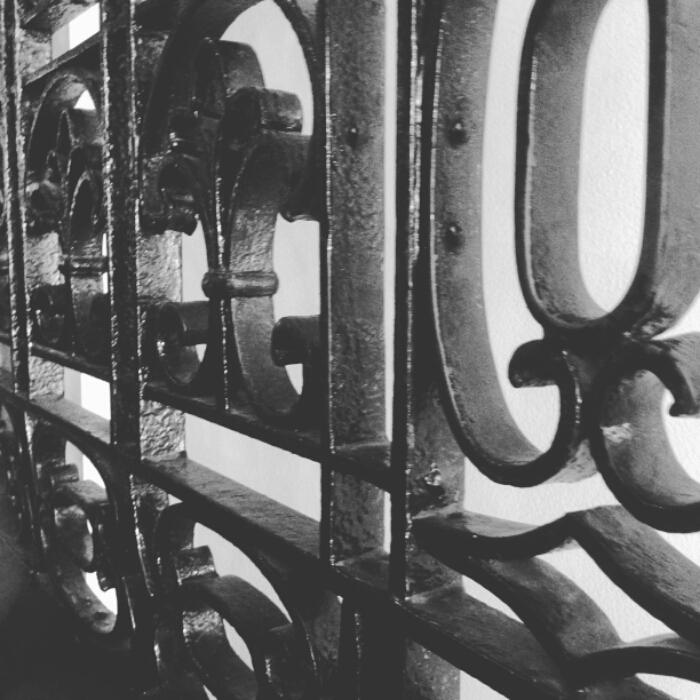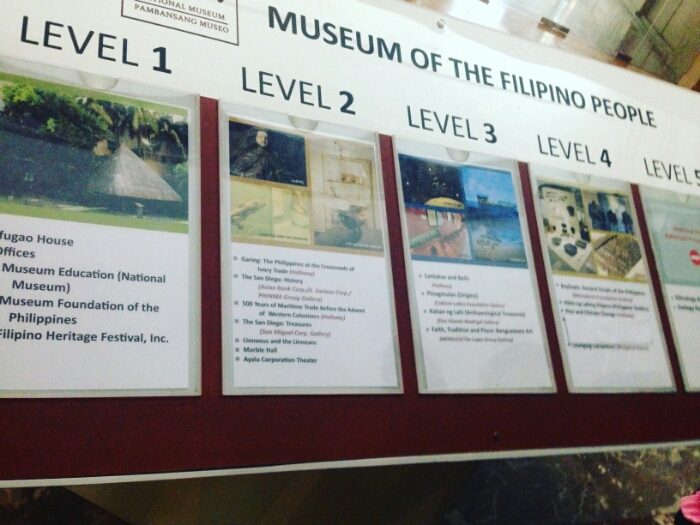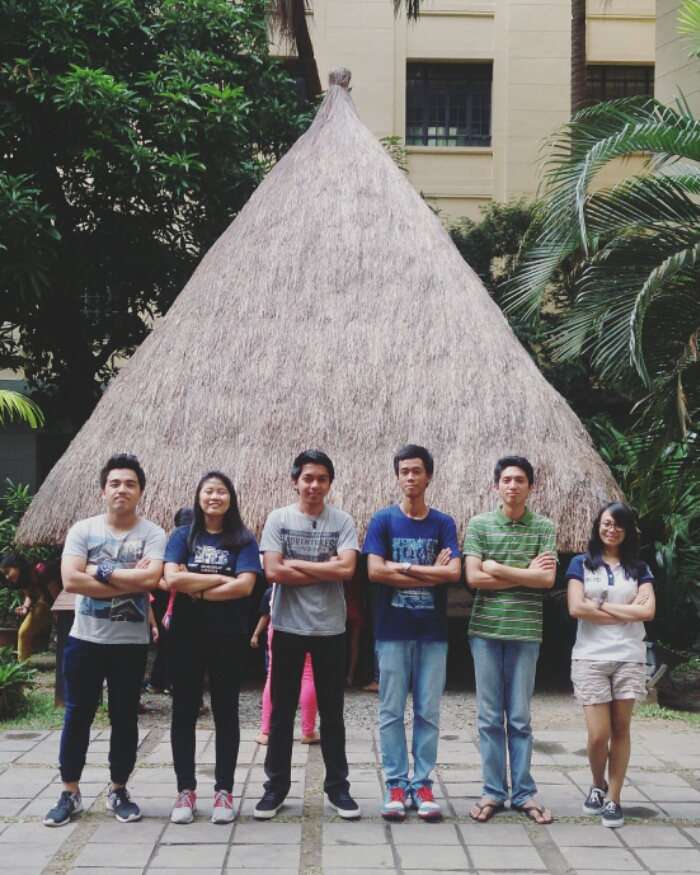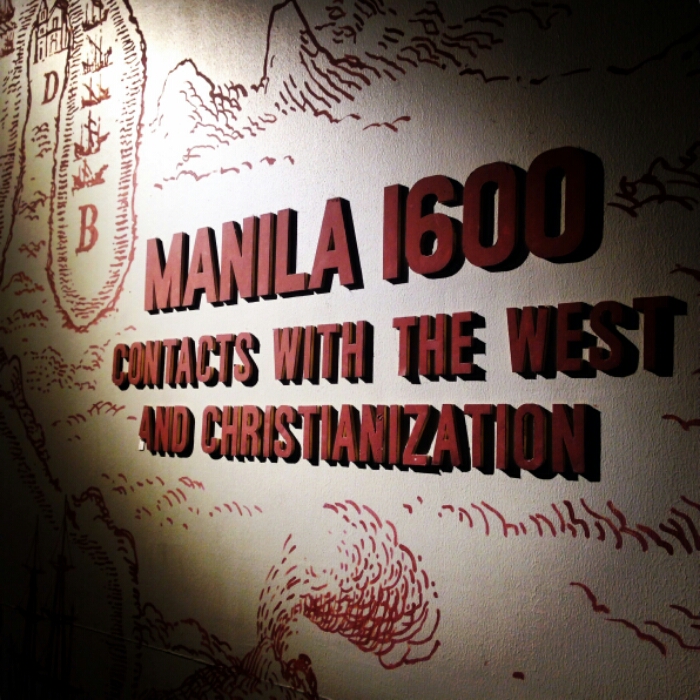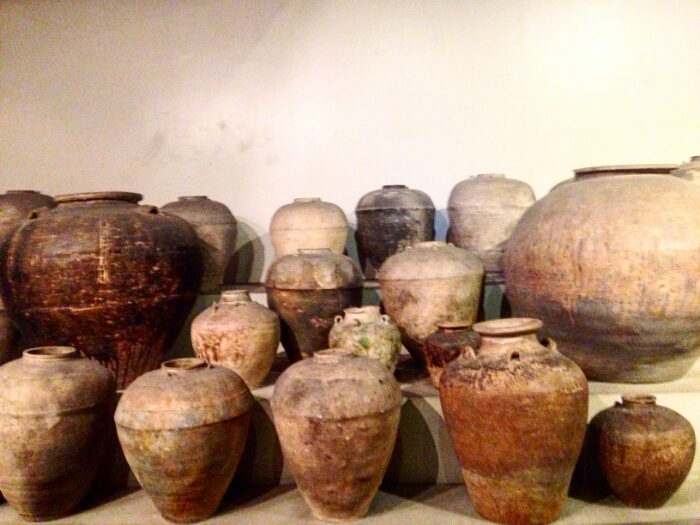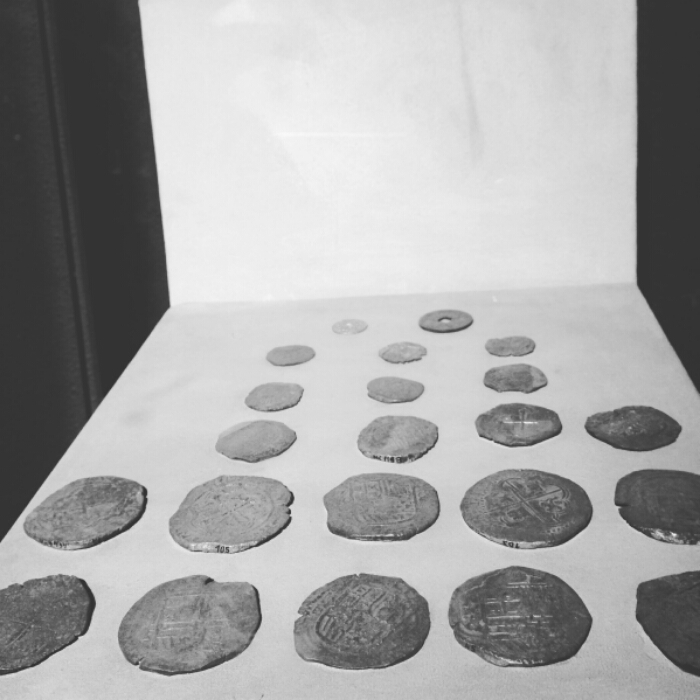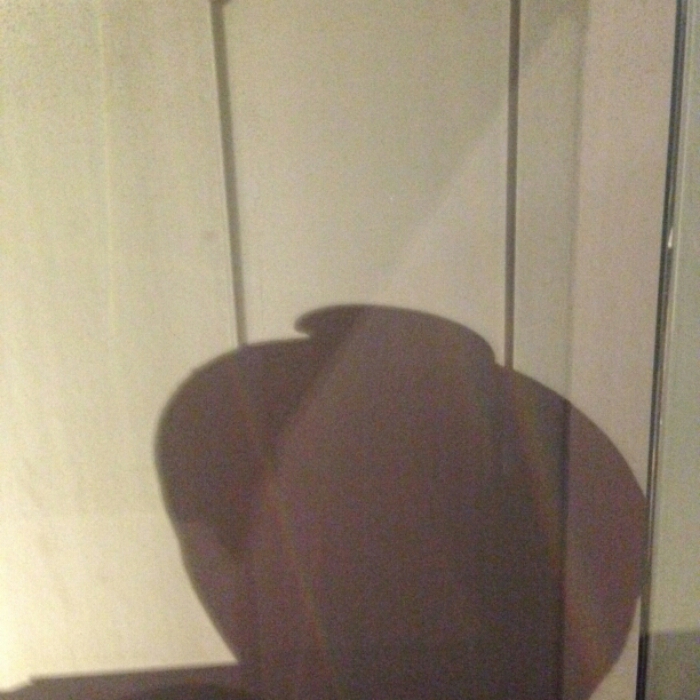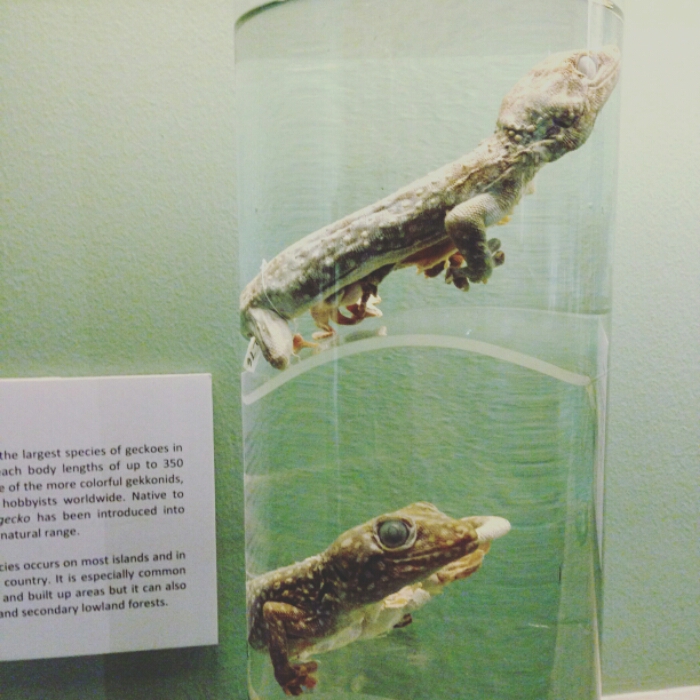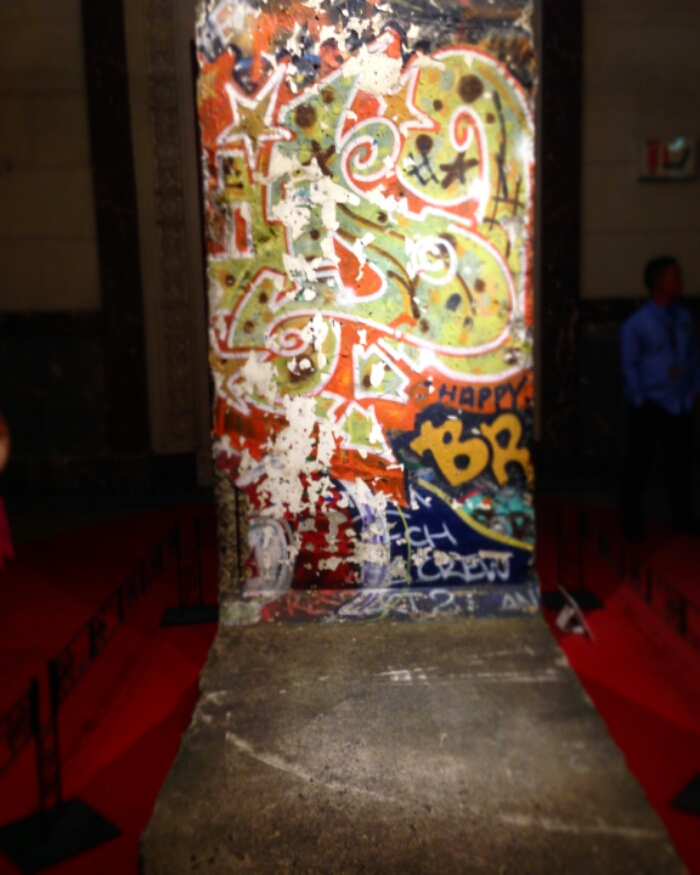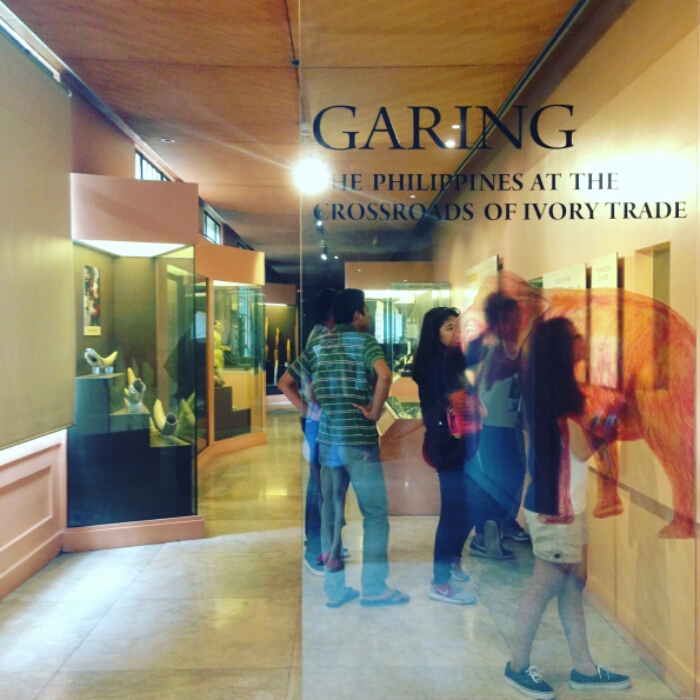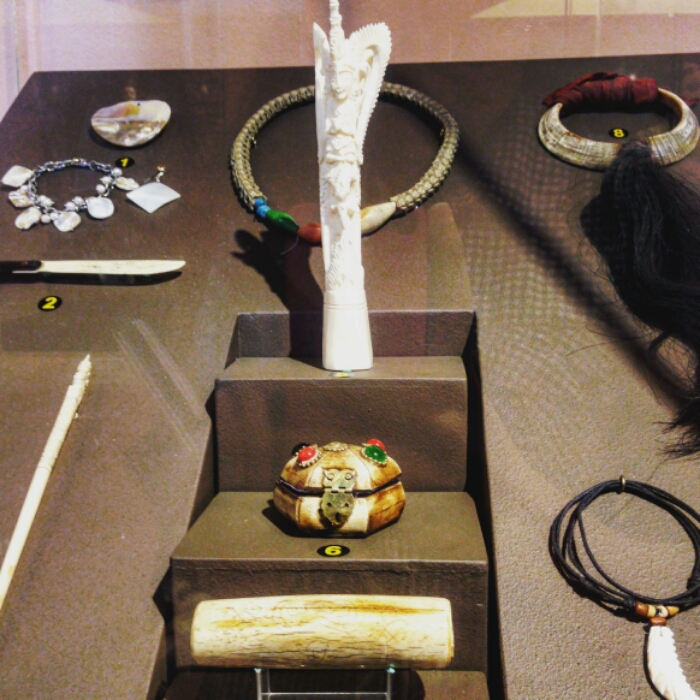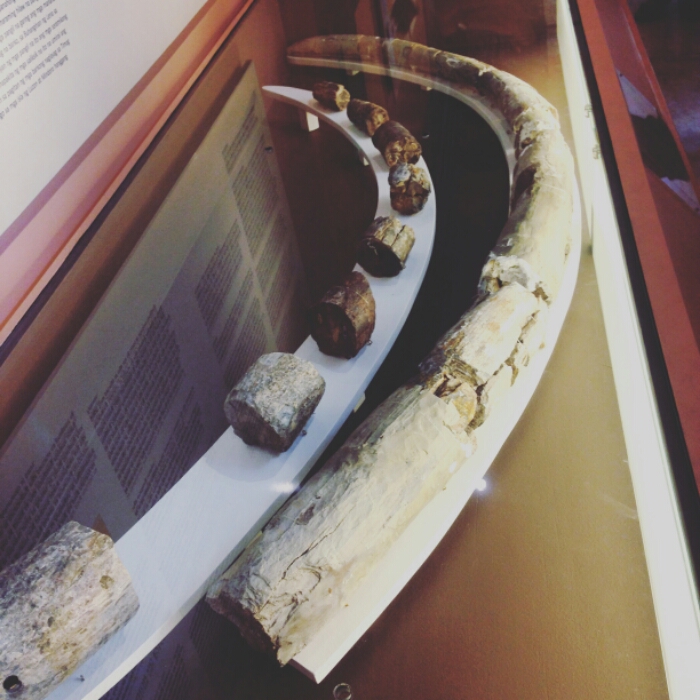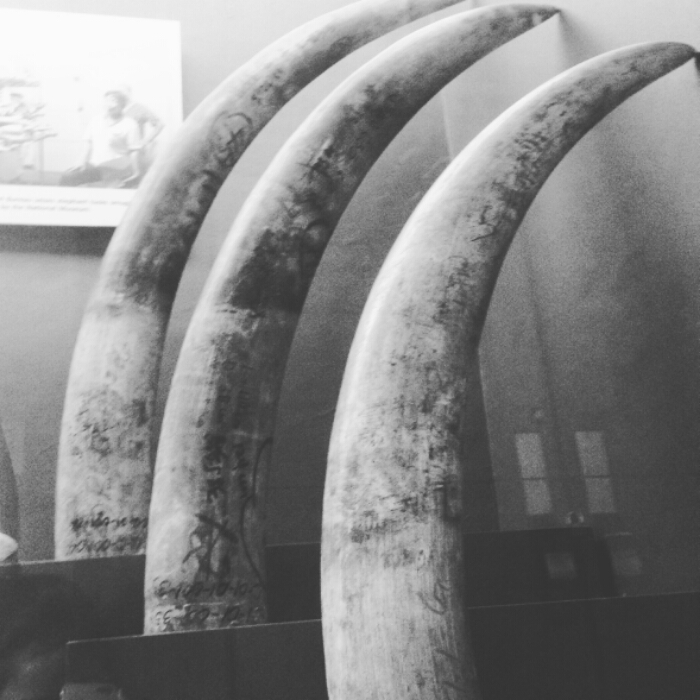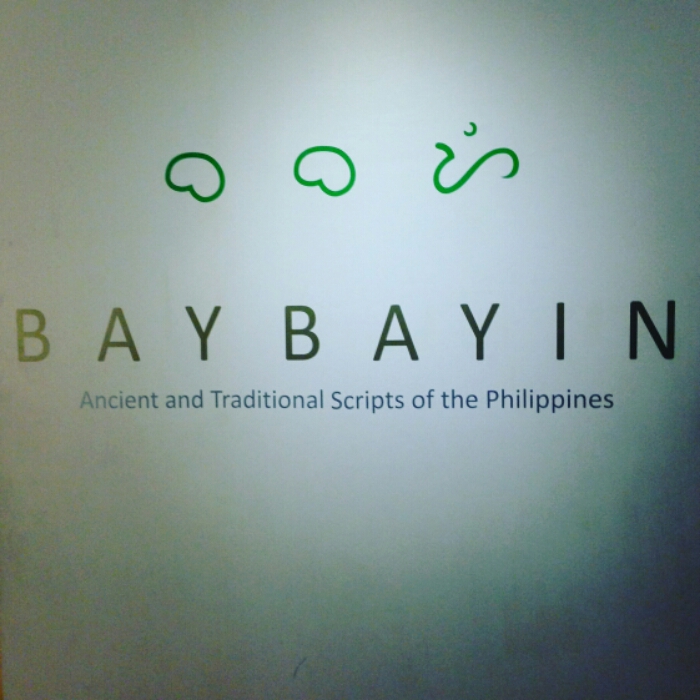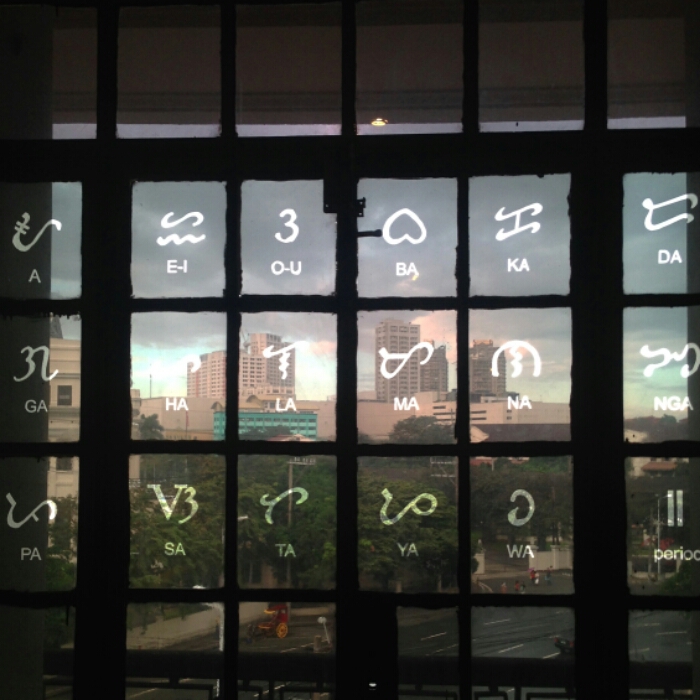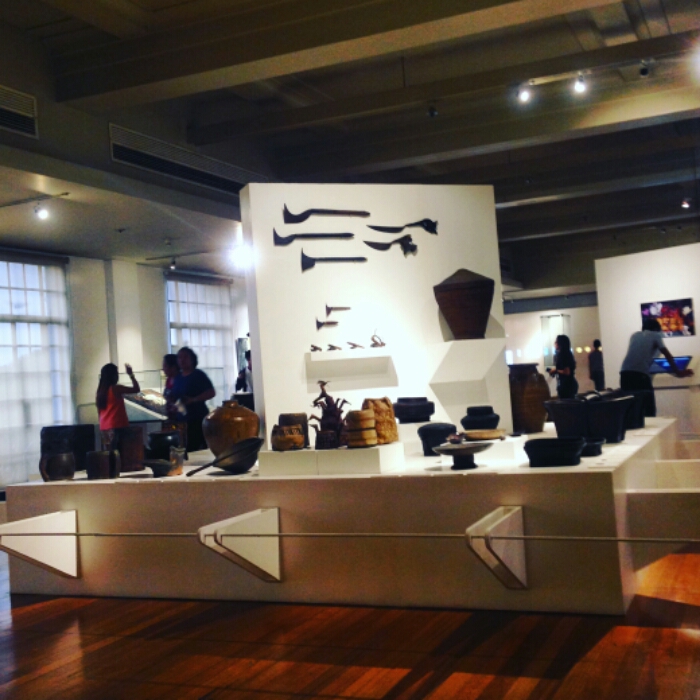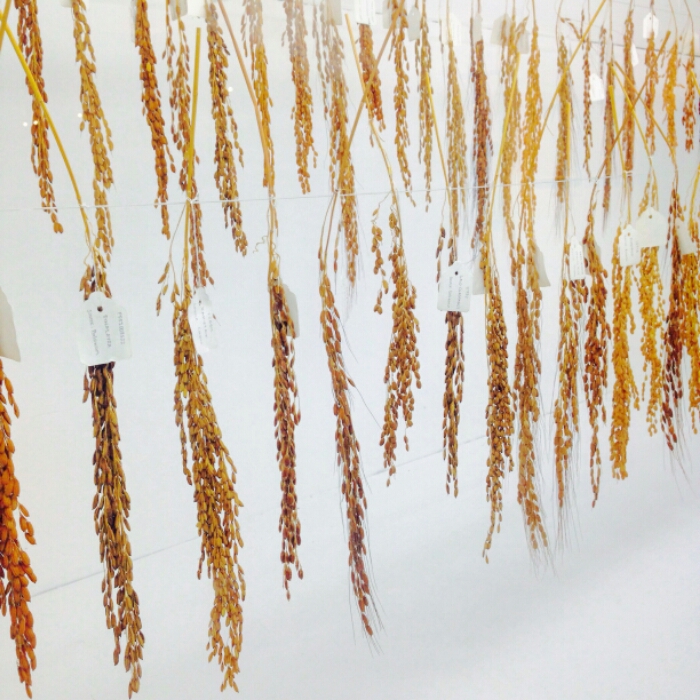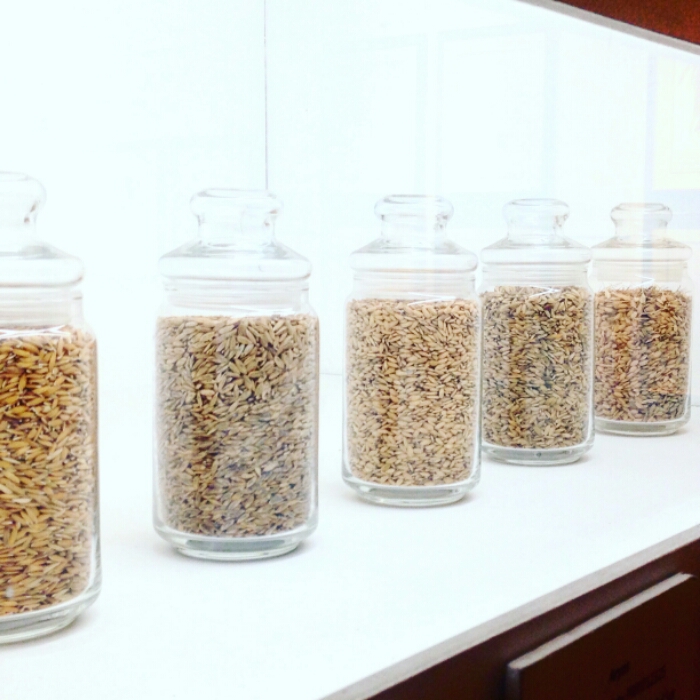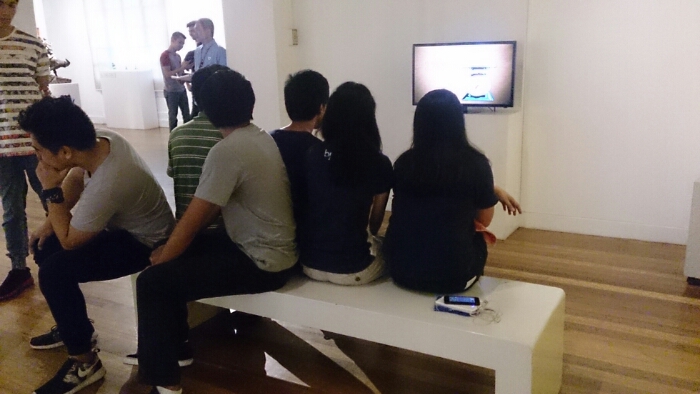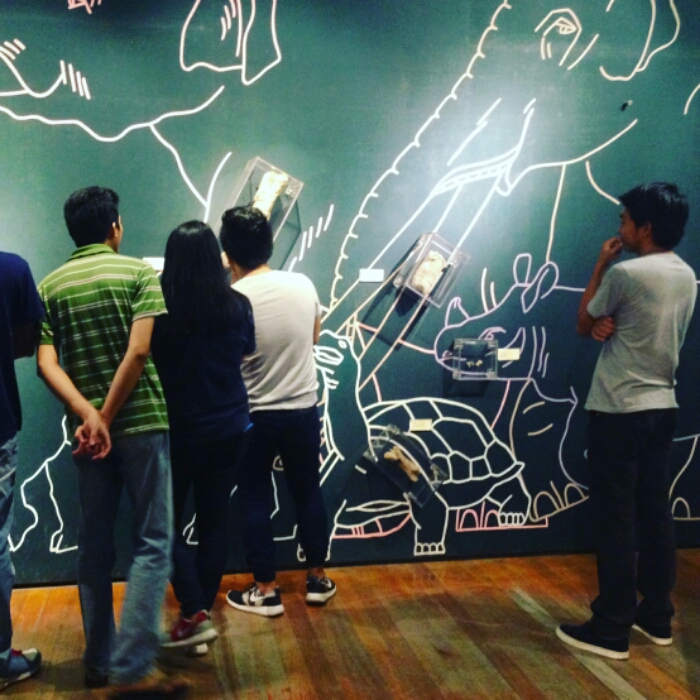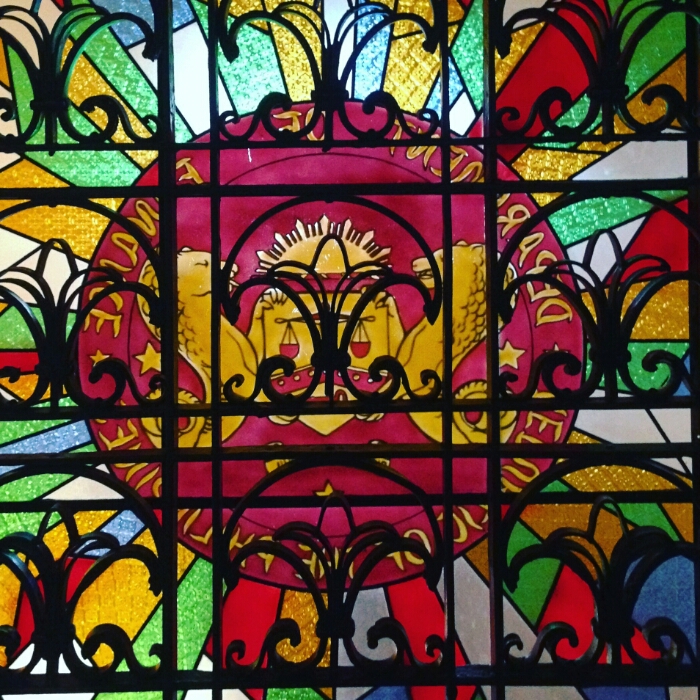October is the National Museum of the Philippines anniversary month. So every October the museum opens its doors to the masses for free. This is applicable to the national museum itself and to all its regional museums. So before the month ends we decided to try, to catch a glimpse of the past.
Established in 1901, the Neo-classical buildings of the museum stood elegantly along Taft Avenue, Ermita,Manila neighboring Rizal Park (Luneta Park), Intramuros (The Walled City) and Manila City Hall. The building is exquisite in any way but did we know or did we even noticed the National Museum’s beautiful logo? Wondering? It comes from the stylized baybayin (an old Philippine writing) of the syllable “pa” – for Pamana or Heritage.
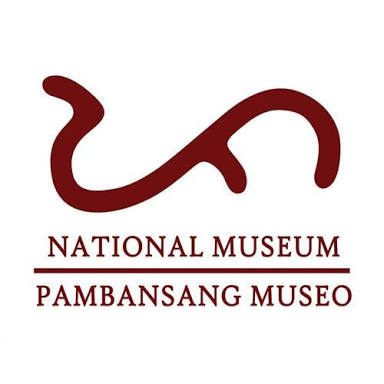
After the Heneral Luna craze, this country began to thirst more of its rich history. So when we arrived there a long line of people are already waiting outside the Gallery. Maybe they are there to see the famous Spolarium, painted by the infamous Juan Luna-brother of General Luna. The painting is said to be portrayed in the death scene of General Luna in the movie. Moving on, so we, we decided to just go to the Anthropology and Natural History (or the museum of the Filipino People as they call it). The 5-storey building is annexed on the left side of The Gallery (going to Pasay). On its lower ground is the library and the taxidermy section which are both off-limits by the time we’ve come. Also, on the lower ground is a fully-furnished Ifugao Hut. The hut looked like a nipa hut from the materials used in it but the difference is obvious, the roofing.
As we go higher to this building, we are fed with so many facts from the past. There are collection of jars, pots and porcelain wares which were found in a sunken ship, canons and cannon balls, ship models. Also,this country cannot live without rice in a day so they have a collection of rice varieties from different parts of the countries. There is also a tv ad which shows the projection for every two tablespoon of rice thrown, that it can feed millions of people so we must not waste rice.
A part of the Berlin Wall is also there where you can see two different sides, one side is filled with colorful graffitis and the other remained blank with one or two black lines. The colorful side is said to be facing West Berlin where people used it as a canvass to express their feelings while the blank side faced East Berlin where people are not allowed to stay near the wall. Read more of the Berlin Wall here.
Garing: The Philippines at the Crossroads of Ivory Trade is now part of the permanent exhibits of the museum. Garing is a Filipino word which means ivory in English. The exhibit contain vast collection of elephant tusk which is the main source of good ivory. The trade is prohibited by law to protect the poor elephants. Lastly, a collection of the colorful Filipino costumes from datus to their wives and child to the elegant Filipiñana and also part of the exhibit are the weaving tools which portrays how Filipinos managed to have their colorful costumes.
My favorite part, of course, is the Language section where there is even a table to practice your Baybayin. How I wish this was still in use like most asian countries are does with their own. Maybe colonialism have really changed this country. Maybe we accept change fully that we forgot our ownselves. We just wanted to belong to a whole new world. But maybe it is also time that we dig up what we used to have and start anew with our own country. NATIONALISM is what most Filipinos are neglecting or worst, forgotten in this era. I often see people comparing governments and leaders in Facebook. But did they compare themselves to the people of the same country? We need a better government , yes, but we also need people who are disciplined and follow the law. We used to love our country by heart unlike today where the love for country is just expressed on social media and sadly, remain that way. Anyways enough of the rants, I think that a good step to start is that Baybayin should be taught in school. The teachers must be trained for I heard that only few Filipinos now mastered the Language. But we nust not forget that Baybayin is made by Filipinos for the Filipino people and we are Filipinos so it runs in our blood. We just need determination and all.
Do you wanna see what I’ve seen?
Website: nationalmuseum.gov.ph
Address: Taft Avenue, Ermita, Manila 1000 Metro Manila
Opens: Tuesdays to Sundays @ 10:00am to 5:00pm
Entrance fee:
Student – 50php
Senior Citizen – 120php
Adult – 150php
Admission is FREE on Sundays
How did I get there:
So there are many ways to get there, it is so accessible in all directions.
But we came from Legarda, so we walked near San Sebastian Church and rode a San Miguel-Ikot route jeepney to SM Manila and walked a few blocks passing the Manila City Hall and there it was, the country’s windows to the past. 🙂
Here are some of the photos taken during the visit.
